Suraiya
Suraiya Jamal Sheik (15 June 1929 - 31 January 2004), prevalently known by the mononym Suraiya, was a famous entertainer and playback vocalist in India's Hindi-language films. She was dynamic from 1936 to 1963, and was the most celebrated entertainer between the mid-to late 1940s, before she was outperformed in acclaim by Madhubala and Nargis.
In a profession crossing from 1936 to 1963, Suraiya acted in 67 movies and sang 338 tunes. She was one of the best entertainers of the Hindi film and a main woman in Hindi language films during the 1940s and 1950s.She was likewise a famous playback vocalist, who for the most part sang for herself, beginning from a tune in Nai Duniya (1942) when she was just 12 years of age.
She was known for her North Indian Muslim primitive style acting or adakari in a significant number of her films.Suraiya showed up as a youngster craftsman with the movie Madame Design (1936), coordinated by Jaddan Bai. She made her acting presentation with the film Taj Mahal in which she assumed the part of Mumtaz Mahal. In her prime, she was known as Malika-e-Husn (sovereign of magnificence), Malika-e-Tarannum (sovereign of song) and Malika-e-Adakari (sovereign of acting).
Early
life
Suraiya was conceived Suraiya Jamal Sheik on 15 June 1929 in Lahore to Aziz Jamal Sheik and Mumtaz Sheik. She was one year old, when her family moved to Mumbai (then called Bombay) to live at 'Krishna Mahal' at Marine Drive. Before long they were joined by her maternal uncle, M. Zahoor, who turned into a notable miscreant during the 1930s Bombay film industry.[6][1][7] She went to New Secondary School, presently known as J.B. Petit Secondary School for Young ladies, in the Stronghold region of Bombay. Suraiya's cherished companions included Raj Kapoor and Madan Mohan, with whom she used to sing in kids' radio projects at All India Radio
Vocation
Suraiya made her presentation as a kid entertainer in Jaddan Bai's Madame Design in 1936 as Miss Suraiya. Later, she got a noticeable job with the assistance of her uncle, M. Zahoor. During a vacation from school in 1941, she went with him to Bombay's Mohan Studios to see the shooting of the movie Taj Mahal, which was being coordinated by Nanubhai Vakil. Vakil saw the appeal and honesty of youthful Suraiya and chose her to assume the part of Mumtaz Mahal.
While she was singing for youngsters' projects for All India Radio (AIR) in Bombay, as a six-year old, Raj Kapoor and Madan Mohan were her co-craftsmen. They initially acquainted her with AIR, as a matter of fact. Both were related with her later as a grown-up, as her legend and as her music chief separately in films. At AIR, Zulfiqar Ali Bukhari was around then the station chief at the Bombay radio broadcast. When music chief Naushad Ali heard Suraiya's voice, he picked her to sing (at age 13) for Mehtab in Abdul Rashid Kardar's film Sharda (1942). He turned into Suraiya's tutor and she sang probably the best tunes of her profession under his rod. Afterward, he gave a large number of hits when Suraiya turned into an undeniable singing star in Anmol Ghadi (1946), Dard (1947), Dillagi (1949) and Dastaan (1950).
As a kid craftsman, she acted and furthermore sang in Tamanna (1942), Station Expert (1942), and Hamari Baat (1943). Devika Rani, who headed the Bombay Talkies creation organization, considering her blossoming splendor to be an entertainer and as a vocalist marked her on a five-year contract at Rs. 500 every month with her job in Hamari Baat (1943). In the film she had a two part harmony dance and her melody with Arun Kumar, " Bistar Bicha Diya Hai Tere Ghar Ke Samne" turned out to be very popular.
This five-year contract was disavowed by Devika Rani on Suraiya's solicitation, when K. Asif offered Suraiya Rs. 40,000 for his film 'Phool'. As a grown-up, Suraiya at first played as Prithviraj's sister in K. Asif's Phool as Shama, with Prithviraj Kapoor as hero.At 14 years old in 1943, Suraiya showed up as a courageous woman in J.K. Nanda's film Ishara, inverse Prithviraj Kapoor.
She played a champion in the film Tadbir (1945) on the suggestion of K. L. Saigal, who loved her voice during a practice of a melody for Jayant Desai's film Samrat Chandragupt (1945) in which she was acting. He prescribed her to Desai, inverse himself in Tadbir (1945).She happened to co-star with K. L. Saigal in Omar Khayyam (1946) and Parwana. Despite the fact that by then she had a couple of hit tunes, the four independent melodies which she sang in Parwana for music chief Khwaja Khurshid Anwar made her a certified vocalist film star.
Suraiya in the 1946 film Gajre
She went about as a co-star in Mehboob Khan's Anmol Ghadi (1946) with Noor Jehan as the lead entertainer and Surendra as the legend and in Dard (1947) with Munawwar Sultana as the lead entertainer and Nusrat as the hero.When Pyar Ki Jeet (1948) was delivered, with her as the champion and Rehman as the lead entertainer, it caused huge groups outside Suraiya's home that must be constrained by posting a reviewer and four constables. Alongside this, Suraiya likewise acted in the film Gajre (1948). During the debut of Badi Behen (1949), again with Rehman as her lead entertainer, there was an extremely huge group outside the film corridor and the police needed to cudgel charge when Suraiya was strolling into the lobby. Individuals even pulled at her garments, so a large number of that, Suraiya quit going to the debuts of her films.
In the last part of the 1940s, she worked with Dev Anand. While shooting the film Vidya (1948), she turned out to be sincerely associated with him. Both of them were coordinated in seven movies; Vidya (1948), Jeet (1949), Shair (1949), Afsar (1950), Nili (1950), Do Sitare (1951) and Sanam (1951).
Suraiya in Chaar Clamor (1949)
From the last part of the 1940s to the mid 1950s, Suraiya was the most generously compensated and most well known star of the Indian cinema.
In Mirza Ghalib (1954), which won the 1954 Public Honor for Best Element Film in India, Suraiya sparkled both as an entertainer and as a vocalist for her version of Ghalib's darling, 'Chaudvin'. Jawaharlal Nehru, remarked on seeing the film, "Tumne Mirza Ghalib kii ruuh ko zindaa kar diyaa," ("You have taken the spirit of Mirza Ghalib back to life").
After Mirza Ghalib, she acted in films like Bilwamangal (1954), Waris (1954), Shama Parwana (1954), Kanchan (1955), which was delivered in 1949 as Amar Kahani and yet again delivered as Kanchan, Inam (1955), Mr. Lambu (1956), Trolly Driver (1958), Miss 1958 (1958), Maalik (1958) and Shama (1961). During the fifties, Suraiya told Lata Mangeshkar once that she would before long be eliminating her movies. Lata told her not to do as such. She additionally worked with then newbie Shammi kapoor in Shama Parwana (1954). Rustam Sohrab (1963) was her last film. Suraiya in a meeting expressed that during the shooting of the film, she experienced low circulatory strain, which was an ideal justification for her surrendering her acting career.
Her film Jaanwar in the mid 1950s with Dilip Kumar as the main star (and K. Asif as chief), was left fragmented by her, as she wouldn't act in the film, in view of harsh way of behaving by Dilip Kumar during the shooting of the film, when he tore her shirt and wounded her back so gravely that it required a month to mend. Afterward, chief maker K. Asif needed a kissing scene. Suraiya realize that edits wouldn't pass it. At the point when she asked Asif how he would help it through the blue pencils, he was unable to fulfill her and she pulled out from the film. There was another story additionally, that Dilip Kumar and K. Asif were hand in glove to take advantage of and embarrass Suraiya, on the grounds that Suraiya had before disregarded Dilip Kumar's supplication to act with her. So they did some hot scene and continued to rehash it for four days. Tired of this frightful way of behaving of the two, Suraiya wouldn't represent them and pulled out from the film. In 1953, she denied the film Anarkali as courageous woman, a job which went to Bina Rai.
Two other of her movies were left incompleted, one of which was Pagalkhana (additionally, in mid 50s), with Bharat Bhushan as lead entertainer, which was deserted by the maker chief P.L. Santoshi after eight reels, due to monetary constraints.The other was an English rendition of Wajid Ali Shah, featuring Suraiya and Ashok Kumar in 1953, being recorded by English movie chief Herbert Marshall, was retired subsequent to being made for some time. some of her movies were reported with ads in film magazines, yet were to some extent made or didn't take off. These were Palken with Shekhar, to be created and coordinated by Devendra Goel, for Goel Cine Organization; Gumrah by Globe Pictures, Bombay; Nigah by CB Movies; Sanwri by Kundi Workmanship Creations, delivered and guided by Niranjan and Ching Chow to be created by Nigaristan (makers of Moti Mahal).[citation needed]
As a vocalist
Suraiya's most memorable melody as a youngster vocalist was "Boot karun principal clean babu" (as a playback artist) in the film Nai Duniya (1942), created by Naushad. She proceeded to sing playback for entertainer Mehtab for Sharda (1942), Kanoon (1943) and Sanjog (1942-43) for Naushad and A.R. Kardar (chief maker), when her head, Miss P.F. Puttack, took serious areas of strength for an of her delinquency from school, and her 'experience' came to an unexpected end. At the point when Mehtab previously saw child Suraiya, she was reluctant to have her as her playback artist, however on hearing her, she believed that Suraiya should sing every one of her melodies in her movies.
Indeed, even in later years, in 1946, Mehtab was so connected to Suraiya's singing, that she mentioned Suraiya to keep circle variants of her melodies in her film Shama (1946), delivered by Sohrab Modi, when Suraiya had turned into a bustling courageous woman and had left singing playback in films for Mehtab. Suraiya then sang for Mehtab, in her own circle variants which were recorded by Shamshad Begum in the film.
Suraiya appeared with Nourishment Dey in his most memorable Hindi movie tune, and their main two part harmony 'Jago ayee usha' in Tamanna in 1942, was coordinated by his uncle, the renowned K. C. Dey. Again in 1942, Suraiya matched with Rajkumari in Station Expert ( with music chief Naushad) for the melody 'Sajan ghar aye'.Suraiya acted in both these films.
In 1943, Suraiya sang a melody "Ek Tu Hoo, Ek Principal Hoon", music made by Naushad, in the film Kanoon, which was the main tune in Bombay music industry, which had qualities of Latin American music.
The melody "Bistar Bicha Liya Hai Tere Dar Ke Samne Ghar Murmur Ne Le Liya hai Tere Ghar ke Samne", which Suraiya sang in two part harmony with Arun Kumar for the film Hamari Baat (1943) was a significant success.
A couple of years after the fact, the vocalist entertainer, K.L. Saigal was so dazzled by the singing of the 16-year-old Suraiya, that he consented to have her contrary him in the film Tadbir as a champion and a vocalist in 1945. The music was coordinated by Lal Mohammad in the film. "Rani khol de dawar milne ka racket aa gaya" is a noteworthy tune from the film, she sang it with Saigal. Saigal again settled on Suraiya as his courageous woman and a vocalist in the movies Omar Khayyam (1946) (with music chief Lal Mohammad) and Parwana (1947) (with music chief Khurshid Anwar). Parwana was Saigal's last film and was delivered after his death.
Afterward, Suraiya kept on working with music chief Naushad in a couple of movies, and in 1946, she showed up with entertainer Noor Jehan in Anmol Ghadi as a co-star, with Naushad as the music chief. She sang three tunes in the film which became famous, of which 'Man leta hai angdai' circulated around the web all through the country. The melodic movie Dillagi (1949), under Kardar's course, with Naushad's music, turned into a silver celebration hit, with Suraiya turning into a public fury with her tunes and acting. In a range of 22 years, she gave various hits. She sang around 51 melodies for Naushad.
In her honey-rich voice, melodies like "Woh paas rahein, ya entryway rahein", "Tere naino ne chori kiya", "Tu mera chaand, primary teri chandni", "Yaad karun tori batiya" and the uncommon old style numbe
Filmography
|
Year |
Title |
Director |
Producer |
|
1936 |
Madam Fashion |
Jaddan Bai |
Sangam Films (Jaddan Bai) |
|
1937 |
Usne Kya Socha |
I. A. Hafesjee |
Imperial Film |
|
1941 |
Taj Mahal |
Nanubhai Vakil |
Mohan Pictures |
|
1942 |
Nai Duniya |
A.R.Kardar |
Circo Production |
|
Station Master |
C.M. Luhar |
Prakash |
|
|
Tamanna |
Phani Majumdar |
Laxmi Production |
|
|
Sharda |
A.R.Kardar |
Kardar Productions |
|
|
1943 |
Kanoon |
A. R. Kardar |
Kardar Productions |
|
Sanjog |
A.R. Kardar |
Kardar Productions |
|
|
Ishaara |
J. K. Nanda |
D. R. D. Production |
|
|
Hamari Baat |
- |
Bombay Talkies |
|
|
1945 |
Yateem |
Zia Sarhady |
Gautam Chitra |
|
Tadbir |
Jayant Desai |
Jayant Desai Production |
|
|
Samrat Chandragupta |
Jayant Desai |
Jayant Desai Production |
|
|
Phool |
K. Asif |
Famous Pictures |
|
|
Main Kya Karoon |
Sudhir Sen |
Flora Pictures |
|
|
1946 |
Sibtain Fazli |
Minerva Movietone (Producer: Sohrab Modi) |
|
|
Jag Biti |
M. Sadiq |
Din Pictures |
|
|
1857 |
Mohan Sinha |
Muarai Pictures |
|
|
Anmol Ghadi |
Mehboob Khan |
Mehboob Production |
|
|
Omar Khaiyyam |
Mohan Sinha |
Muarai Pictures |
|
|
1947 |
Parwana |
J.K. Nanda |
Jeet Productions |
|
Natak |
S.U. Sunny |
Kardar Productions |
|
|
Do Dil |
Jagdish Sethi |
Jamana Production |
|
|
Dard |
A.R. Kardar |
Kardar Productions |
|
|
Dak Bangla |
M. Sadiq |
Indian National |
|
|
1948 |
Aaj ki Raat |
D.D Kashyap |
Famous Pictures |
|
G. Tripathi |
Jeet Pictures |
||
|
Shakti |
S.I. Hasan |
Greater Bombay Pictures |
|
|
Rang Mahal |
Pandit Anand Kumar |
Eastern Pictures |
|
|
Pyar Ki Jeet |
O.P. Dutta |
Famous Pictures |
|
|
Kajal |
M.Sadiq |
Ratan Pictures (Malika Pukhraj) |
|
|
Gajre |
R.D.Mathur |
Ailled Art Production |
|
|
1949 |
Singaar |
J.K. Nanda |
Haldia Nanda Production |
|
Shair |
Chawla |
Jagat Pictures |
|
|
Naach |
Ravindra Dave |
Kuldip Pictures |
|
|
Lekh |
G. Rakesh |
Liberty Art Production |
|
|
Jeet |
Mohan Sinha |
Raj Kriti Chitra |
|
|
Duniya |
S.F Hussain |
Fazli Bros |
|
|
Dillagi |
A.R. Kardar |
Kardar Production |
|
|
Char Din |
M. Sadiq |
Ratan Pictures |
|
|
Balam |
Homi Wadia |
Wadia Movietone |
|
|
Badi Behen |
D.D. Kashyap |
Famous Pictures |
|
|
Amar Kahani |
Baij Sharma |
Kamal Kunj Chitra |
|
|
1950 |
Shaan |
Jayant Desai |
Kuldip Pictures |
|
Nilli |
Ratibhai Punatkar |
Ranjit Film Company |
|
|
Khiladi |
Talwar |
Talwar Films |
|
|
Kamal Ke Phool |
D.D. Kashyap |
Famous Pictures |
|
|
Dastan |
A.R. Kardar |
Musical Pictures |
|
|
Afsar |
Chetan Anand |
Nav Ketan |
|
|
1951 |
Shokiyan |
Kidar Sharma |
Ambitious Pictures |
|
Sanam |
Nandlal Jaswantlal |
United Technicians |
|
|
Rajput |
Lekhraj Bhakri |
Jubilee Pictures |
|
|
Do Sitare |
D.D. Kashyap |
Famous Pictures |
|
|
1952 |
Resham |
Lekhraj Bhakri |
Jubilee Pictures |
|
Moti Mahal |
Ravindra Dave |
Nigaristan Films |
|
|
Lal Kunwar |
Ravindra Dave |
Nigaristan Films |
|
|
Khubsoorat |
S.F. Hussain |
Fazli Bros |
|
|
Goonj |
Phani Majumdar |
Kwarta Art Production |
|
|
Diwana |
A.R. Kardar |
Kardar Production |
|
|
1953 |
Mashuqa |
Shanti Kumar |
Chitrakar |
|
1954 |
Mirza Ghalib |
Sohrab Modi |
Minerva Movietone |
|
Bilwamangal |
D.N. Madhok |
Minar Movies |
|
|
Waris |
Nitin Bose |
Minerva Movietone |
|
|
Shama Parwana |
D.D. Kashyap |
Kashyap Production |
|
|
1955 |
Kanchan |
Baij Sharma |
Kamal Kunj Chitra |
|
Inam |
M.I. Dharamsey |
Zodiac Pictures |
|
|
1956 |
Mr. Lambu |
N.A.Ansari |
Sheikh Mukhtar |
|
1958 |
Trolly Driver |
Gajanan Jagirdar |
Divya Jyot Production |
|
Miss 1958 |
Kuldip Kahar |
A.K. Movies |
|
|
Malik |
S.M. Yusuf |
Sunny Art Productions |
|
|
Taqdeer |
A S Arora |
Neela Productions |
|
|
1961 |
Shama |
Lekhraj Bhakri |
Tasveeristan |
|
1963 |
Rustam Sohrab |
Vishram Bedekar |
Ramsay Productions |





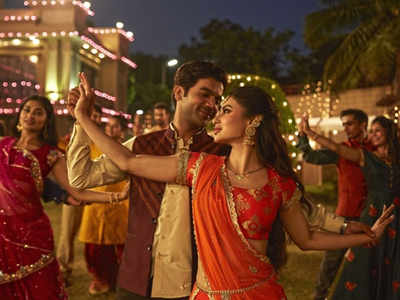

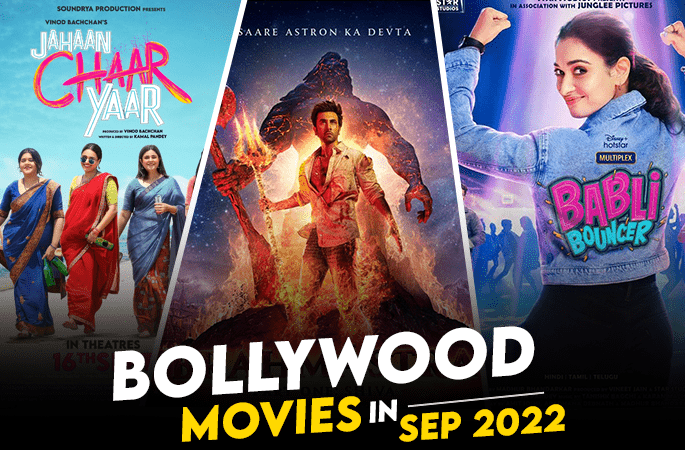

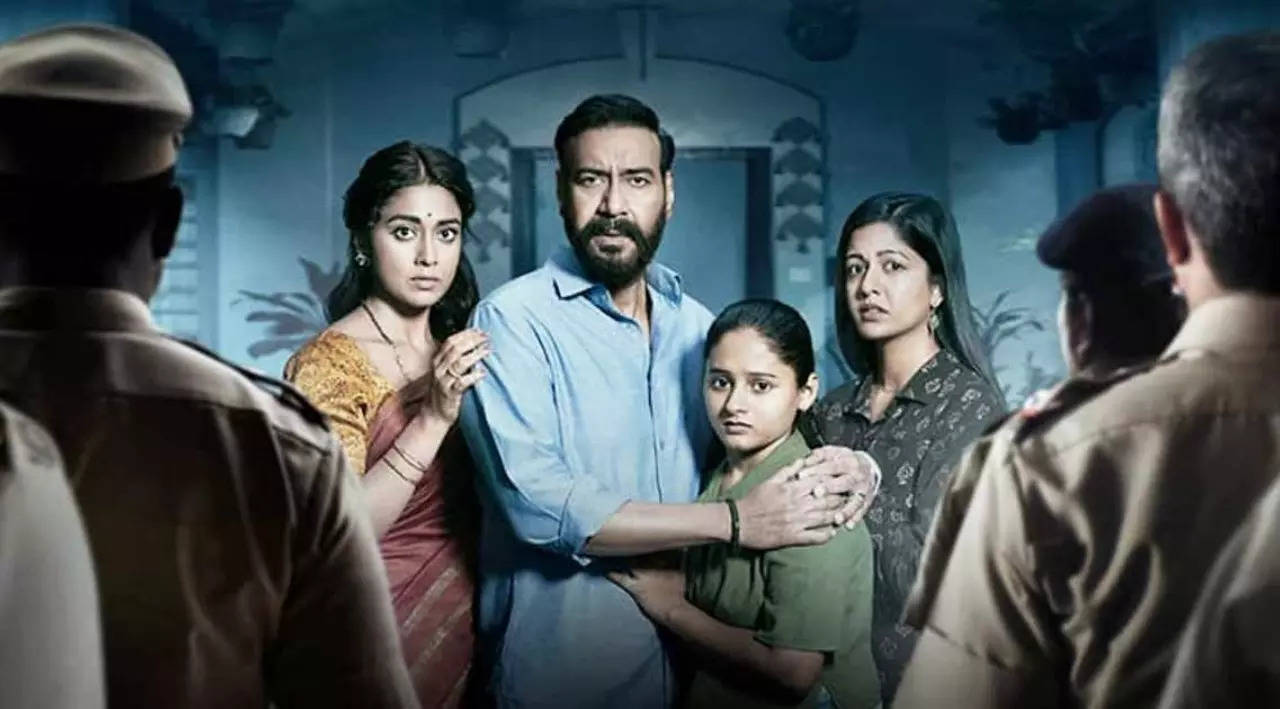

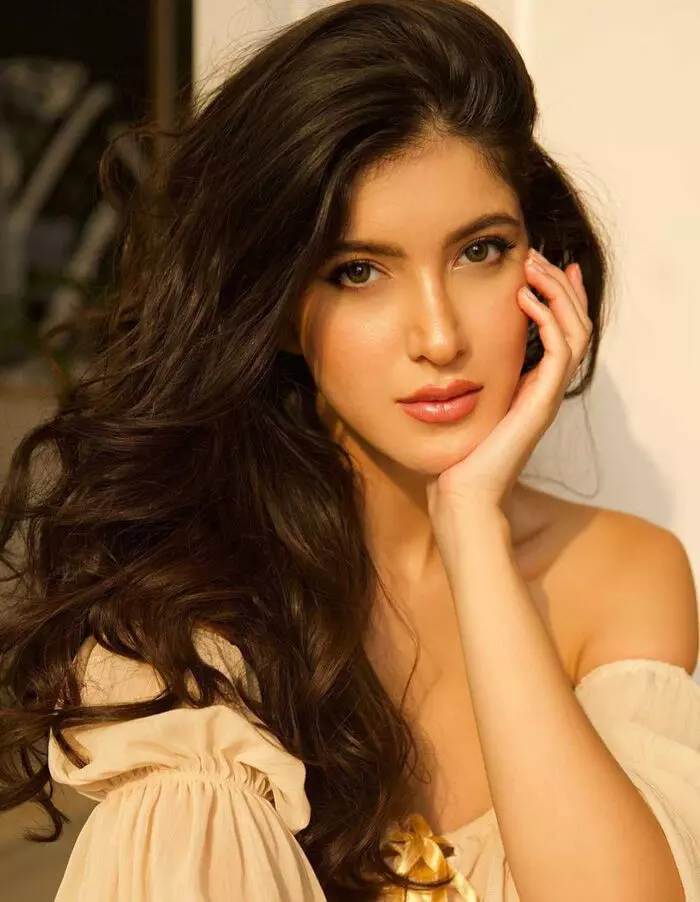
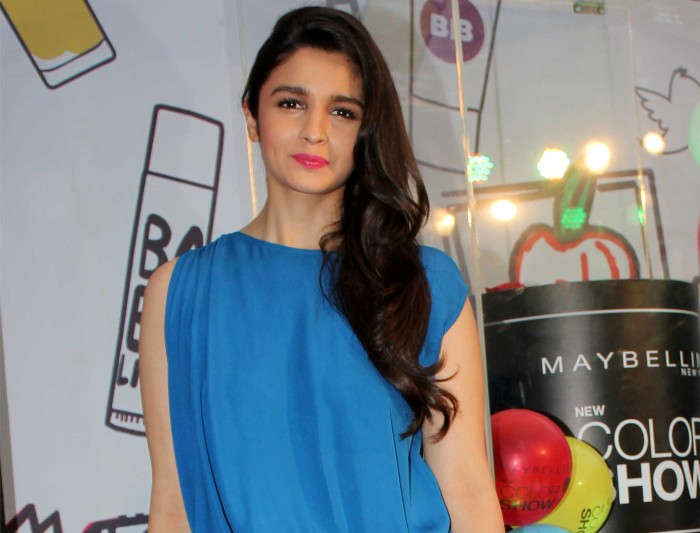


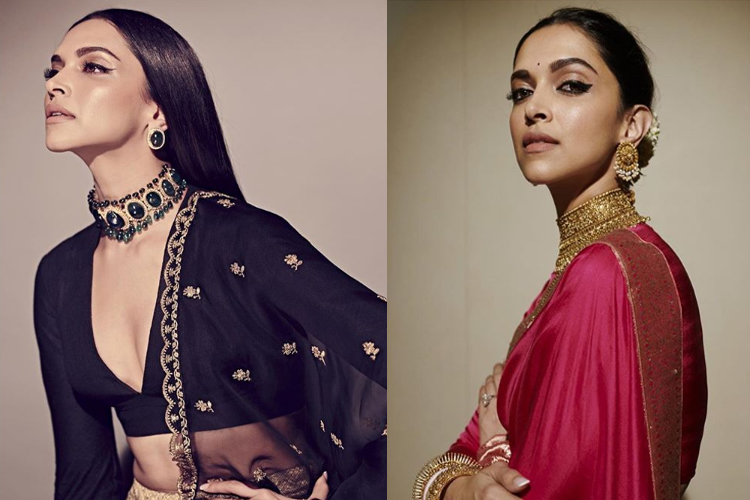
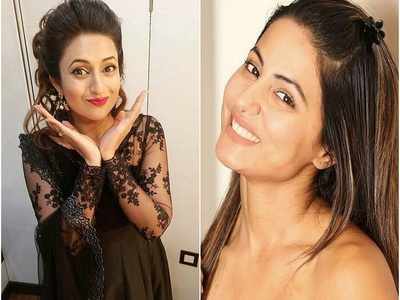

























0 Comments
retng our site